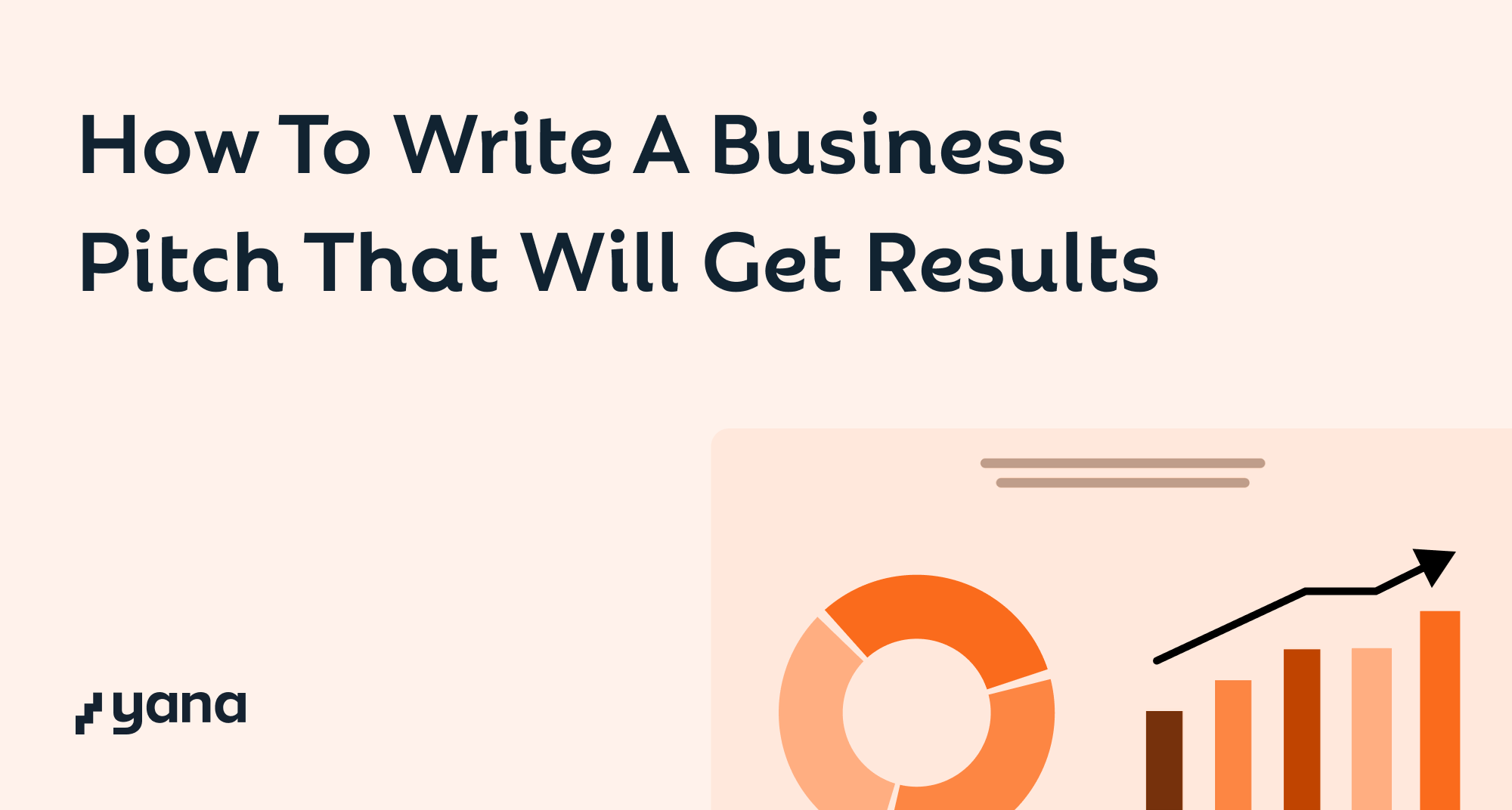A business pitch helps you tell your brand story to investors and those that key into it will provide funding for your business. There are different types of pitches, the elevator pitch, the short-form pitch, and the long-form pitch.
They are all explained here
The 3 types of Investor pitches
Before we get to the content of your business pitch, here are something to avoid while creating your pitch
Mistakes you should avoid making while creating your business pitch.
Making the pitch complex and long
Now is the time to show you understand your business in easily digestible terms, investors are busy people. The longer your presentation is, the easier it is to lose them. Start with the elevator pitch or short-form pitch. Too much information will leave them confused.
Pitching more than one product
Yes, your product is going to solve a couple of problems but what is the product you are building or have built now. Your plans can be included in your long-term roadmap but the focus should not be on that now. Focus on the core product.
Hanging on to vanity metrics
Social media followers, engagements, are examples of vanity metrics, while they are great. It does not show how much value or how long-lasting the business plan is.
Focus on metrics like conversion rates, monthly or daily active users, customer retention rates, monthly recurring revenue gains. These metrics show how much customers love the product, not just their initial interest, and how they can thrive long term. Investors are interested in the market and numbers that tell them what they want to know.
What investors want to know
Market Risk: Are you addressing a large, growing market?
Product Risk: Do you have sustainable competitive advantages?
Execution Risk: Can your team “pull it off?”
What should be on your business pitch desk
Your investor pitch deck should include certain key slides that explain and convince investors that your idea has true value. Here is some information that should be in your investor pitch.
Problem
What does your product do? You need to show investors that there is a place in the market for your business. Describe the problem you solve, who you solve it for, and the reasons why your target customers are unsatisfied with current solutions. It should contain :
Title: Problem
One sentence description of the problem
Sub-description of the problem.
Solution
What makes your solution to the problem the best? are current solutions slow, expensive, or difficult to use? Are your solutions faster, cheaper, and easier to use? Include:
Title: Solution
One sentence description of the solution
Sub-description of the solution.
Business Model
This slide is where you give a concrete description of what you plan to achieve.
Investors care about their investments and profits. They need to see how your company makes money, how much money it will make in the coming months, years, and when the company will start turning a profit.
Title: Business Model
Proof your market is willing and able to pay.
Use a quote if you haven’t launched yet.
Market size
What market does your company serve? How big is that market, and what kind of demand is there for a product like yours? This slide is all about validation: Prove with real numbers that there is a genuine demand for what you’re offering.
Include:
Title: Market
Total Addressable Market (TAM): All the people who could use your product or service.
Serviceable Addressable Market (SAM): The subset of your TAM who are likely to use a product like your current product.
Serviceable Obtainable Market (SOM): The subset of your SAM that you can reasonably obtain in the next 3-5 years. Aka your realistic market share.
Growth strategy
Here your objective is to demonstrate your knowledge of customer acquisition, customer retention, and product innovation. Investors expect you to know a few key metrics:
Customer Acquisition Costs (CAC): What’s your fully-loaded cost of acquiring a paying customer? Ex. #3000
Lifetime Value of Customer (LTV): How much will someone pay your startup before they leave? Ex. #30,700
Payback Period: How long does it take to cover acquisition costs? Ex: 10,000/#10,000/mo = 1 month.
Generating an LTV that is a strong multiple of CAC is a prerequisite for profitability. Of course, don’t forget to consider the cost of revenue[m] and other operating expenses, such as product development and customer service.
Funding
This is the moment. How much money are you asking for? Give investors the details on where this money is going. Adding allocation data shows investors that their money is going to be well-spent, whether it’s on the development of the product, better marketing or sales tech, increased personnel, or another relevant spend.
Title: Funding
The amount you are raising
Financial objectives (i.e. reach $1mm ARR in 12 months)
Competition
Investors need to see who the main competition is right now, and how your business stands out from that competition to know whether your company will survive or not.
This might be the most important slide of the entire presentation. Don’t make the mistake of saying you have no competitors. Investors will assume your idea isn’t worth pursuing.
Team
What makes these people so special? Why are they so qualified to work at your business? How do they individually contribute to the success of the business?
Investors love to see team members who have previously worked with successful businesses and have authority in their niche. Check off as many of those boxes as you can.
A winning deck clearly articulates a target audience, a problem worth solving, and a solution.
